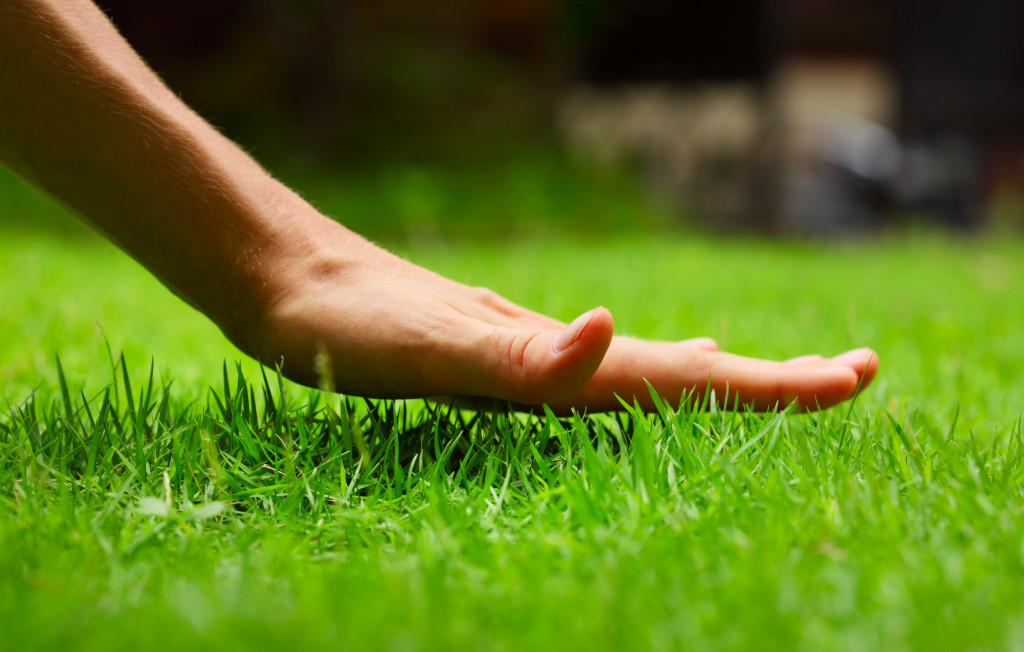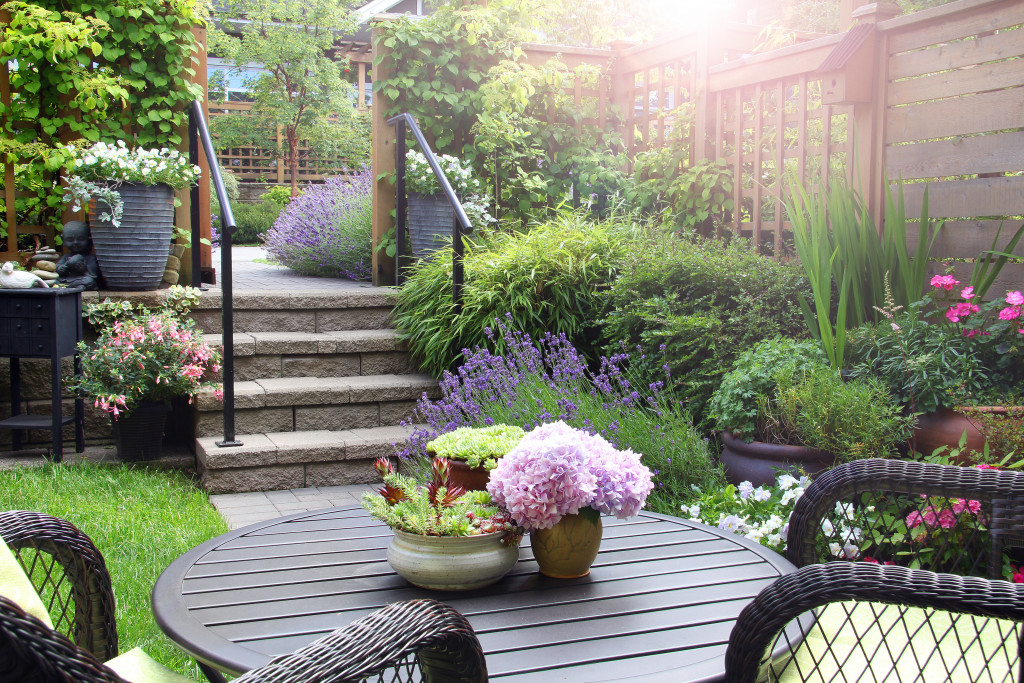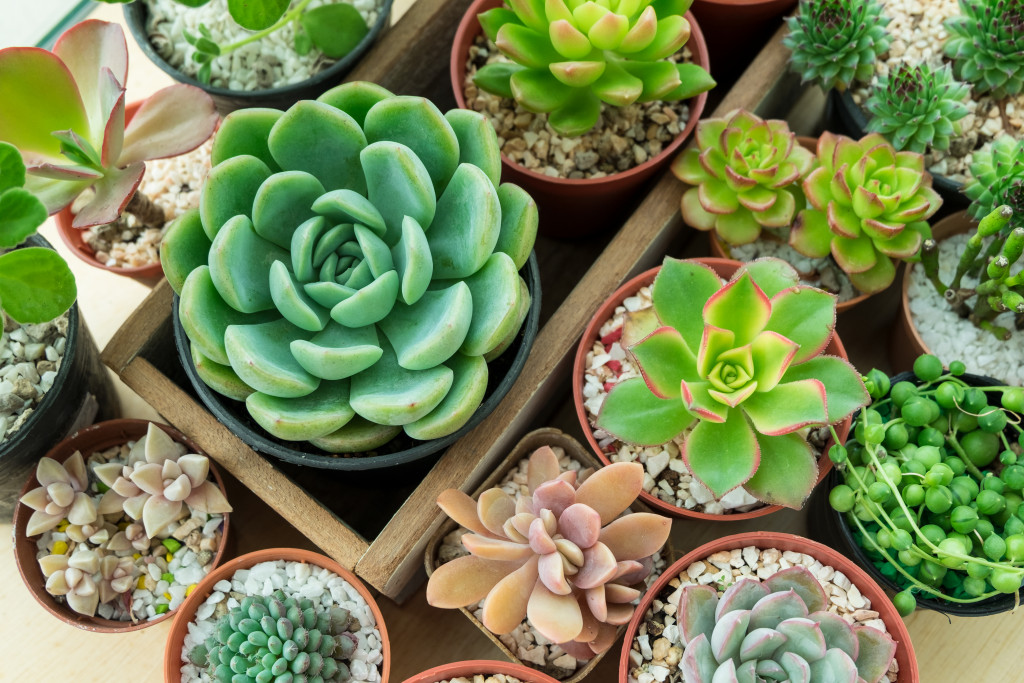- Assess the weight limit of your roof before starting a rooftop garden project, considering professional advice.
- Opt for plants like succulents, herbs, native plants, and ornamental grasses that can withstand harsh conditions.
- Lightweight containers are ideal for rooftop gardens as they are easier to move and rearrange.
- Ensure proper drainage in your rooftop garden, and consider incorporating functional elements like seating areas.
Are you a homeowner looking to add some greenery to your living space? Look no further than your rooftop! Creating a rooftop garden is a perfect way to utilize your outdoor space while adding some much-needed greenery to your home. This blog will be sharing essential tips to help you create a beautiful rooftop garden that you can enjoy all year round.
Consider the Weight Limit of Your Roof
Before starting your rooftop garden project, it’s essential to ensure that your roof can support the weight of the garden. A rooftop garden can add a considerable amount of weight to your roof, so it’s important to consult with an architect or structural engineer to get a professional opinion on the weight limit of your roof.
You should also consider replacing your roofing materials with options that can handle the extra weight. You can employ the help of a professional roofing contractor if you plan to do this. They can advise you on the best roofing materials that are suitable for rooftop gardens. They will also install the necessary reinforcements to ensure your roof can withstand the added weight.
Choose the Right Plants
When creating a rooftop garden, you want to choose plants that can withstand the elements, including harsh winds and exposure to the sun. You have many options when it comes to this. Here are a few examples to get you started:
Succulents
Succulents are perfect for rooftop gardens because they require little maintenance and can withstand the harsh conditions of being on a rooftop. These plants store water in their leaves, making them drought-resistant and perfect for sunny environments.
Herbs
If you enjoy cooking, why not incorporate herbs into your rooftop garden? Not only will they add some greenery to your space, but you can also use them in your cooking. Some herbs, like rosemary and lavender, are hardy and can withstand sun exposure.
Native plants
Choosing native plants for your rooftop garden is a great way to attract pollinators like bees and butterflies. These plants are also well adapted to the local climate, making them easier to maintain. Native plants can also add a pop of color to your rooftop garden.
Ornamental grasses

Ornamental grasses are perfect for adding some texture and movement to your garden. They can tolerate harsh conditions like high winds, making them a great choice for rooftop gardens. Ornamental grasses also come in a variety of colors, adding visual interest to your space.
By choosing the right plants for your rooftop garden, you can create a beautiful and resilient space that will thrive in its unique environment. Don’t be afraid to mix and match different types of plants to add variety and interest to your rooftop garden.
Opt for Lightweight Containers
In addition to choosing the right plants, you also need to consider the weight of the containers. Lightweight containers made of plastic, fiberglass, or composite materials are ideal for a rooftop garden. These types of pots are lightweight and easy to move, making it easier to rearrange your garden as needed.
Incorporate Functional Elements

When designing your rooftop garden, think about incorporating functional elements like seating areas or a small water feature. A rooftop garden can be more than just a space to grow plants – it can also serve as an outdoor living space. Adding comfortable seating and other functional elements can transform your rooftop garden into a relaxing oasis.
Ensure Proper Drainage
Proper drainage is crucial for the success of your rooftop garden. Since water can’t seep into the ground, it’s essential to have a good drainage system in place. You can install drainage mats or create a bed of rocks or gravel to ensure proper drainage. Additionally, you can use self-watering containers to control the amount of water your plants receive. You should also monitor the moisture levels of your soil regularly to avoid overwatering.
A rooftop garden is a perfect way to create your private green space, especially in urban environments. By considering your rooftop’s weight limit, choosing the right plants and lightweight containers, incorporating functional elements, and ensuring proper drainage, you can create a thriving garden that beautifies your home and offers an urban oasis for relaxation.
Remember, creating a rooftop garden requires proper planning and implementation, but the outcome is well worth the effort. So, get started on your rooftop garden today and enjoy the benefits of nature right at your doorstep.

